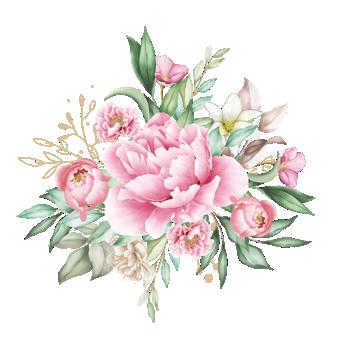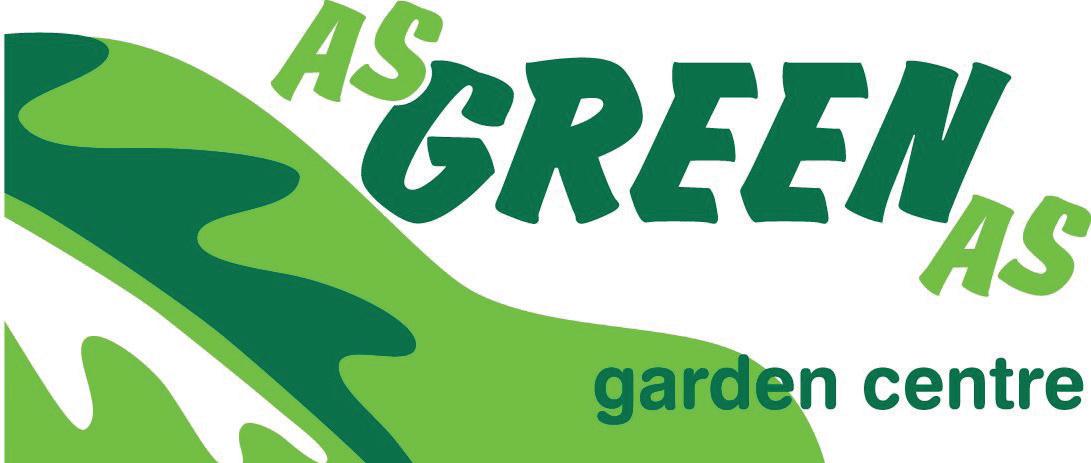
3 minute read
With Lisa and Michael Godfrey Tropical Gardening
Let's talk colour foliage and flowers
Calatheas
Advertisement
CALATHEAS are commonly called prayer, rattlesnakes and peacock plants. There are over 200 species, and they are a flowering plant from areas like Africa, famous for their broad, green and colourful leaves. They can be a herbaceous perennial (a plant whose growth dies down annually but whose roots or other underground parts survive).
Calatheas can be quite temperamental if not positioned in the right area.
It's a bit confusing; they like low light but bright indirect light, but definitely not full sun. If they get too much sun, the leaves will burn, and they will lose their colour. Calatheas like a
Moist but not soggy soil; they like to be watered but not over-watered or sitting in a saucer of water.

In our cooler weather (haha) than usual, you may notice that the leaves are curling. They do not like cold weather either – very fussy.
One great thing about calatheas is there is no maintenance, only pulling off the old leaves - no pruning – slow growing and Great for terrariums.
Unlike most other indoor plants, calatheas are non-toxic to people and animals, so they are an excellent choice for the home.


Calatheas don't need a specific fertilizer. We at 'as green as garden centre' love organic link, which now has changed from a powdered form to a slow-release pellet. Always fertilize in the warmer growing months to create more plants, as calatheas can be divided by root division. If you can separate them with some roots, the plants will grow and always use a quality potting mix such as Searles premium.
If you choose a cheaper quality potting mix, make sure you add some more fertilizer to the mix to give the plant some nutrients. Let's look at potting mix this way; if I were to eat a dry bit of toast with nothing on it, it wouldn't give me much zest. Dividing and repotting is best done in spring and summer. If you have a great selection of calathea's, then you can make up your own potting mix.
Potting mix recipe:
50% potting mix – good quality
20% orchid bark
20% charcoal

10% perlite – could add some worm casings or use coconut coir fibre as well.

This mixture helps with sufficient moisture while draining excess water to avoid overwatering and waterlogging.
Calathea's and pests, well, they have a few. Sometimes it depends on the environment the plants are in. If they are packed in a garden with no airflow, this can attract aphids – mealybugs and spider mites. To help control these, use trifend (contact bug spray), soapy water or white oil, which will suffocate the bugs. They can also get fungus gnats; this usually happens if they are planted in pots. To help prevent this problem, treat them with neem oil or white oil. Also, an organic solution is to cover the top of the soil with organic diatomaceous earth (de) or stones so they will not be able to multiply.
While we are on the subject of de, what is it? Diatomaceous earth (de) is a natural and organic product suitable for use in certified organic enterprises. Quoting from their pamphlet – when used as an insecticide, the sharp edge of the diatom cuts the exoskeleton of the insect and draws moisture from within the insect. This is known as desiccation. De can be applied as a dry powder or mixed with water and used as a spray; however, it works best when dry. De is a great product and has many benefits, from gardening to worming animals, but we won't get into that story for another week. (Google it, or we have pamphlets in at as green as garden centre).
Calathea's can be sensitive to minerals and chlorine in tap water, which makes the leaves go yellow. They do prefer rainwater (plenty of it in our area) or filtered water or let tap water stand for a few days.
But overall, they are a beautiful and colourful plant, although their flowers are not much to talk about. There are a few different varieties that can tolerate more sun, such as the Cigar Calathea.
Well, easter is nearly upon us, and hopefully, everyone is getting their vegetable gardens prepared. Fingers crossed for a cracker of a season to grow your own fruit and vegetables. We have a great selection of vines – shrubs, and trees ready for planting.
'As green as garden centre' doesn't just stock plants; we have all the accessories to go with them. Fertilizers (liquid, slow release and pellet) –mulches (cypress, pine bark, red and black mulch, sugar cane, tea tree) –potting mixes (Searles and rocky point premiums and selected varieties) –stakes (bamboo, hardwood, recycled), plant trainer (bamboo, metal) just to name a few. So come for a wander and don't forget pancakes and coffee available this Sunday at 'as green as garden centre'. 'Jam and butters co' will be at the village in the valley markets this Saturday, so come down and enjoy the beautiful markets in the Lions' Park.












